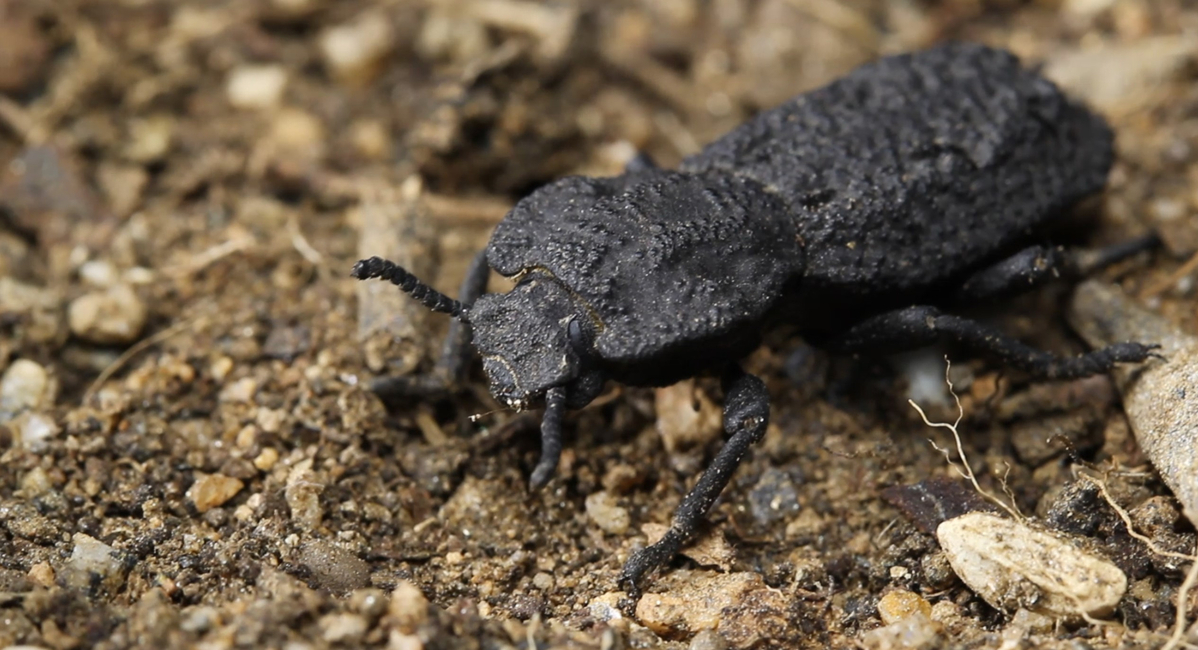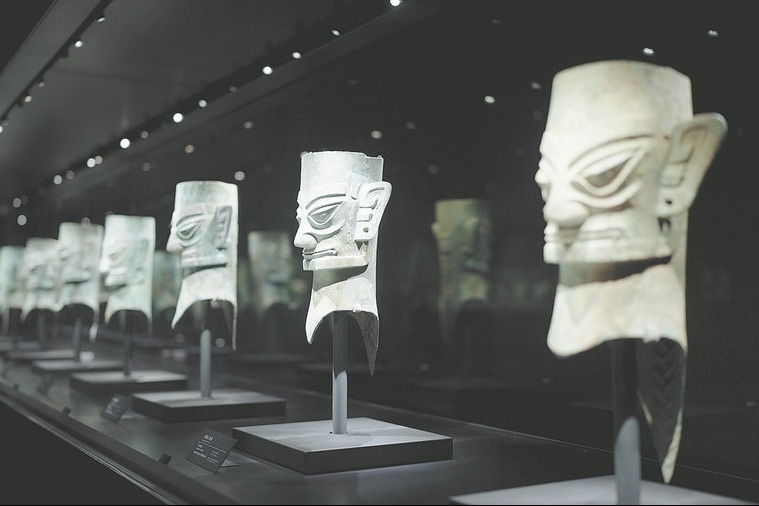Beetle armor gives clues to tougher planes, buildings
China Daily | Updated: 2020-10-27 09:20

NEW YORK-It's a beetle that can withstand bird pecks, animal stomps and even being rolled over by a Toyota Camry.
Now scientists are studying what the bug's crush-resistant shell could teach them about designing stronger planes and buildings.
"This beetle is super tough," said Purdue University civil engineer Pablo Zavattieri, who was among a group of researchers that ran over the insect with a car as part of a new study.
So, how does the seemingly indestructible insect do it?
The species-aptly named diabolical ironclad beetle-owes its might to an unusual armor that is layered and pieced together like a jigsaw, said a study by Zavattieri and his colleagues published in Nature last week. Its design, they say, could help inspire more durable structures and vehicles.
To understand what gives the beetle its strength, researchers first tested how much squishing it could take.
The species, which grows to about 2 centimeters and can be found in Southern California's woodlands, withstood compression of about 39,000 times its own weight.
For a 200-pound man (about 90 kilograms), that would be like surviving a 7.8 million pound crush.
Other local beetle species shattered under one-third as much pressure.
Researchers then used electron microscopes and CT scans to examine the beetle's exoskeleton and figure out what made it so strong.
Protective case
As is often the case for flightless beetles, the species' elytra-a protective case that normally sheaths wings-had strengthened and toughened over time. Up close, scientists realized this cover also benefited from special, jigsaw-like bindings and a layered architecture.
When compressed, they found the structure fractured slowly instead of snapping all at once.
"When you pull them apart," Zavattieri said: "It doesn't break catastrophically. It just deforms a little bit. That's crucial for the beetle."
It could be useful for engineers who design aircraft and other vehicles and buildings with a variety of materials such as steel, plastic and plaster.
Currently, engineers rely on pins, bolts, welding and adhesives to hold everything together. But those techniques can be prone to degrading.
In the structure of the beetle's shell, nature offers an "interesting and elegant" alternative, Zavattieri said.
Because the beetle-inspired design fractures in a gradual and predictable way, cracks could be more reliably inspected for safety, said Po-Yu Chen, an engineer at the Taiwan-based Tsing Hua University who is not involved in the research.
The beetle study is part of an $8 million project funded by the US Air Force to explore how the biology of creatures such as mantis, shrimp and bighorn sheep could help develop impact-resistant materials.
"We're trying to go beyond what nature has done," said study co-author David Kisailus, a materials scientist and engineer at the University of California, Irvine.
Colin Donihue, an evolutionary biologist at the Brown University, said the research is the latest effort to borrow from the natural world to solve human problems.
Agencies via Xinhua
























